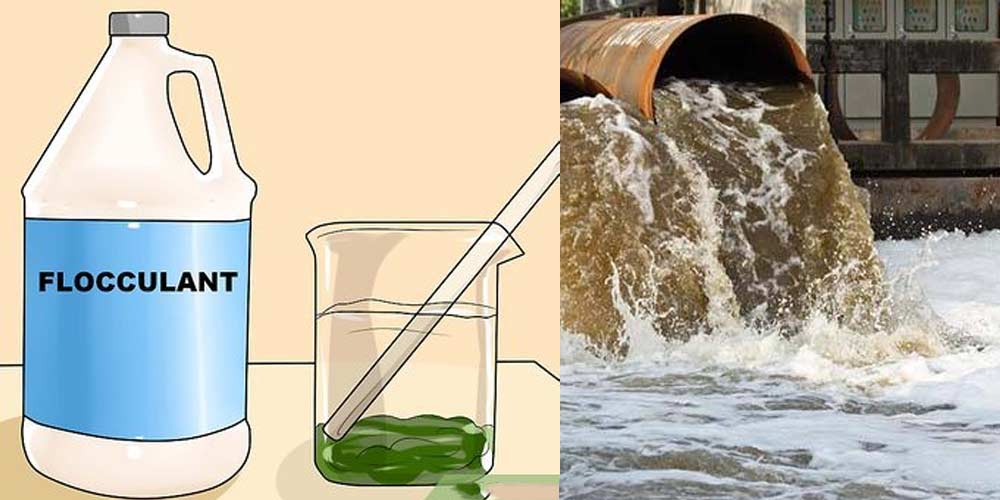In the world of water treatment, innovation plays a pivotal role in safeguarding public health and preserving the environment. Polyaluminum chloride, commonly referred to as PAC, has emerged as a powerhouse solution with a myriad of functions and uses, revolutionizing the way we purify and manage water resources. In this article, we will explore the functions and uses of PAC, shedding light on its growing importance in the field of water treatment.
Polyaluminum chloride is a chemical compound primarily used as a coagulant and flocculant in water treatment processes. It is synthesized through the reaction of aluminum hydroxide and hydrochloric acid, resulting in a versatile and efficient water purification agent. PAC is available in various forms, including liquid and solid, making it adaptable to a wide range of applications.
The Functions of PAC
Coagulation and Flocculation: One of the primary functions of PAC is coagulation and flocculation. When introduced into water, PAC forms positively charged aluminum hydroxide flocs. These flocs attract and neutralize negatively charged particles and impurities in the water, such as suspended solids, organic matter, and even certain microorganisms. As the flocs grow in size, they settle to the bottom of the treatment tank, making it easier to remove impurities from the water.
pH Adjustment: PAC can help in adjusting the pH level of water. By adding PAC, the pH of acidic or alkaline water can be brought within the desired range, ensuring that subsequent treatment processes are effective.
Reducing Turbidity: Turbidity, caused by suspended particles, can make water appear cloudy and unappealing. PAC can effectively reduce turbidity by clumping together the suspended particles, making them settle to the bottom.
Heavy Metal Removal: PAC is capable of removing heavy metals from water, such as arsenic, lead, and mercury, through a process known as adsorption. The positively charged aluminum hydroxide flocs attract and bind with the negatively charged heavy metal ions, allowing for their easy removal.
The Versatile Uses of PAC
Municipal Water Treatment: PAC is widely used in municipal water treatment plants to purify drinking water. It helps remove impurities, improve water clarity, and ensure the water meets regulatory standards for safe consumption.
Industrial Applications: Many industries rely on PAC for their water treatment needs. From wastewater treatment in the chemical industry to the purification of cooling water in power plants, PAC plays a crucial role in maintaining operational efficiency and environmental compliance.
Mining and Mineral Processing: In mining and mineral processing operations, PAC is used to separate valuable minerals from unwanted impurities. Its ability to flocculate and settle solids makes it an indispensable tool in the industry.
Paper and Pulp Industry: PAC is employed in the paper and pulp industry to aid in the clarification of process water, leading to improved paper quality and reduced environmental impact.
Textile Industry: Textile manufacturers use PAC to treat wastewater laden with dyes and other contaminants. The coagulation and flocculation properties of PAC help remove color and solids, allowing for safe discharge or reuse of water.
Polyaluminum chloride, or PAC, has proven itself to be a versatile and indispensable solution in the world of water treatment. Its functions in coagulation, flocculation, pH adjustment, turbidity reduction, and heavy metal removal have made it a key player in ensuring access to safe and clean water for communities and industries alike. As the importance of water quality and environmental sustainability continues to increase, the importance of PAC in water treatment chemicals is set to rise, making it an essential tool in achieving a healthier, more sustainable future.
Post time: Sep-12-2023


